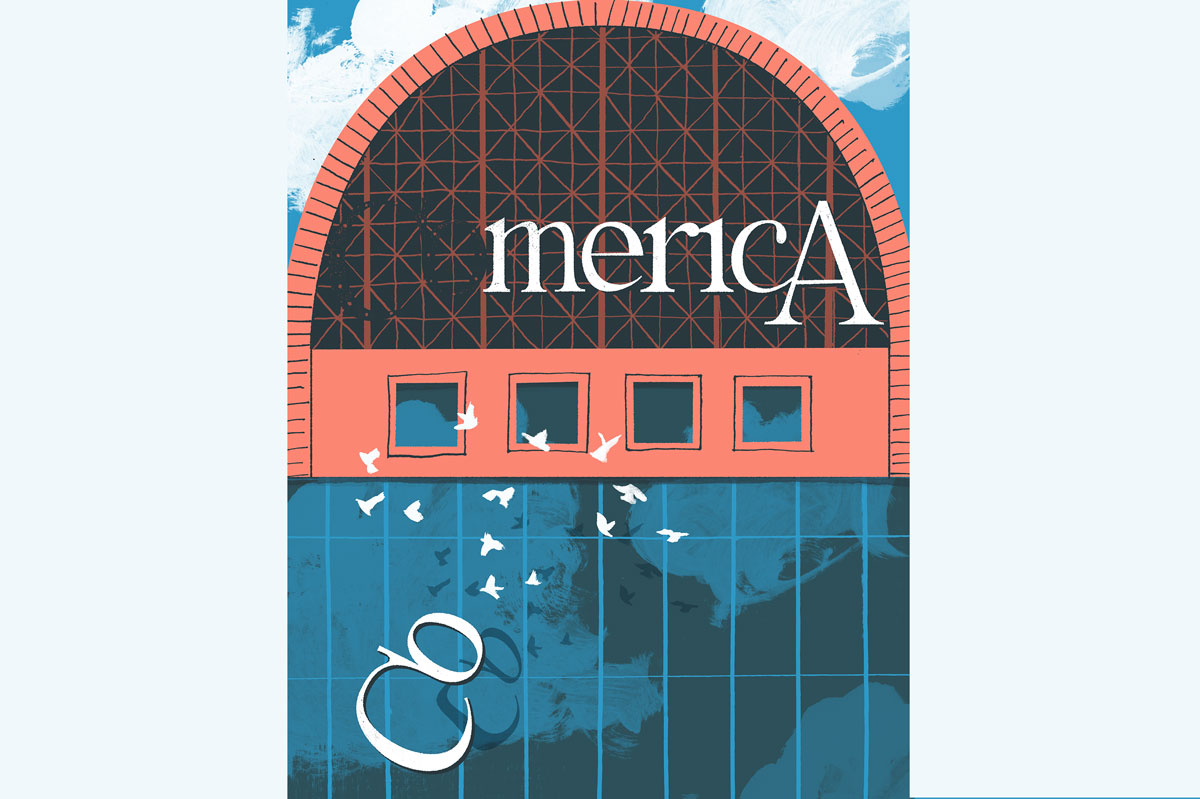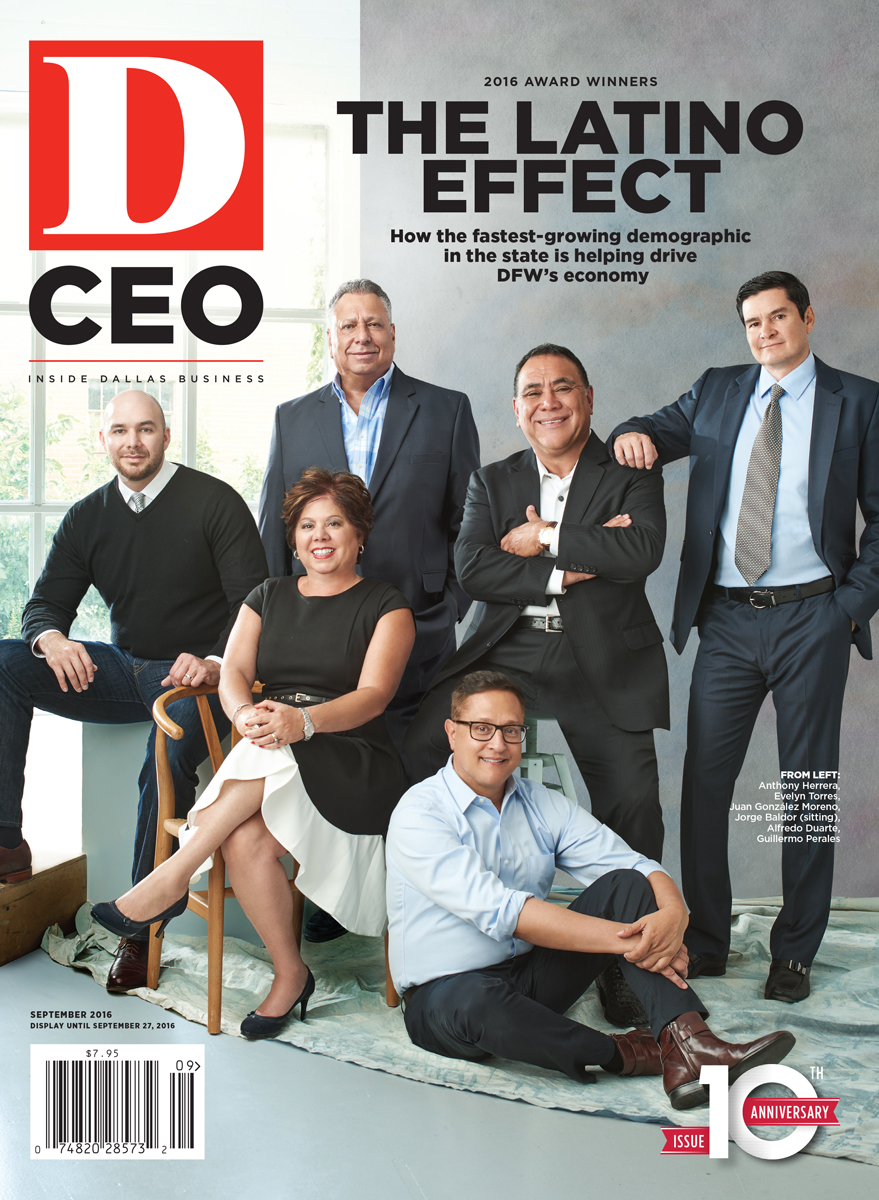In March, Comerica Inc. received a deadline that could lead to the end of its 167-year independent run in banking and financial services. A New York analyst and long-time critic of big financial firms, Mike Mayo, announced that angry investors were giving brass at the largest bank based in Texas a little more than a year to jump-start what shareholders see as a laggard among big regional lenders.
“Either management shows progress by next year’s annual meeting, or a flammable shareholder base pressures Comerica to restructure or sell,” said the pronouncement from Mayo, a managing director at CLSA, an independent brokerage and investment group. Mayo has for years deviated from the norm among analysts by openly critiquing the banks he covers.
Dallas-based Comerica, whose annual meeting is usually held in April, responded by hiring Boston Consulting Group to examine its revenue and expenses to find “meaningful opportunities to operate more efficiently.” Executives also left open the door to “strategic alternatives”—business-speak for a sale or merger of some (or all) of the company.
Other analysts, however, are skeptical that Comerica executives can quickly pull off anything meaningful. With more than $71.2 billion in assets as of June 30, Comerica is one of the 25 biggest financial holding companies in the country. “There is never a quick fix,” says James Bexley, an associate professor of finance at Sam Houston State University in Huntsville. Bad things can happen, he adds, “if you start trying to do a quick fix.”
In July, Comerica announced an improvement push, called “Gear Up,” which includes reducing its headcount by about 9 percent, consolidating roughly 40 banking centers, and outsourcing some of its technology functions. By year-end 2018, the revamping should result in $160 million in expense reductions and add $230 million in annual pre-tax income, according to the company. “This initiative fundamentally transforms the way we operate to drive further efficiency and revenue growth,” said Ralph Babb Jr., Comerica’s chairman and CEO.
Too Much For Too Little
In Mayo’s view, Comerica’s problem is simple: It spends too much for too little in the way of returns. Compared to 11 large regional banks that Comerica’s 2016 proxy cites as the company’s peers, Comerica in 2015 had the worst expense-to-revenue ratio (68 percent, compared to 60 percent on average), Mayo says.
A big part of the problem, he adds, is that Comerica pays its employees much more than similar banks. In 2015, Comerica’s compensation-to-revenue ratio was 37 percent, compared to 33 percent on average for other big regional lenders. The issues at Comerica aren’t new, Mayo adds; for the past decade, Comerica’s returns have been below its cost of capital.
Indeed, an annual financial summary for Comerica shareholders shows that an investment of $100 in the company’s stock (NYSE: CMA) at the end of 2010 would have been worth just $108 by late February of this year. That same $100 invested in the basket of stocks that make up the KBW Bank Index would have grown to $155 during the same period, the report shows.
And since Comerica’s 1992 merger with Manufacturers National Corp.—a deal that created the essential institution that it is today—expenses have grown 94 percent while revenue is up just 80 percent, according to Mayo. “The issue is not with the franchise,” he said in a June interview. “The greatest strength of Comerica is its long-standing presence among middle-market corporate borrowers.”
Other activist investors lobbying for change at Comerica include New York’s Samlyn Capital and Hudson Executive Capital, according to published accounts. Officials of both firms declined to comment.
Sell For How Much?
By some accounts, the quickest and easiest answer for Comerica would be selling the company. Mayo argues that Comerica, whose shares were trading for nearly $45 in mid-July, could fetch closer to $60 a share in a buyout.
The good news for Comerica is that external factors could bolster its fortunes.
A back-of-the-envelope calculation shows that Comerica, which had a $7.95 billion market value in mid-July, might sell for roughly $10.4 billion if Mayo’s assumptions are true. His numbers assume that a buyer would pony up roughly 1.5 times the $43 per share in tangible book value that he estimates Comerica will have in 2017.
A $60 price is “reasonable” in an era when banks in similar situations have received 1.7 times their tangible book value, Mayo says. Buyers might believe they could streamline Comerica, add products for it to sell, or both, he adds. “Comerica is in this middle ground between smaller and large players,” he says. “They have the downside of having all the regulation of the largest banks, but without the full benefits of scale.”
But, not everyone agrees that Comerica would necessarily go for a premium—at least right now. A buyer would likely latch onto Comerica’s troubled portfolio of energy loans when negotiating a price, according to Dan Werner, an analyst at Chicago’s Morningstar. Comerica is making progress on that front, though, having set aside $49 million for bad energy loans in the second quarter, down from $148 million in the first three months of this year. Still, “they must get their energy issues behind them before they seek a partner,” Werner says.
Who Might Buy?
Another issue is the relatively small number of potential buyers for Comerica. Consolidation in U.S. banking over the last decade means the four largest players—Bank of America, Wells Fargo, JPMorgan Chase, and Citigroup—would probably never get a Comerica purchase past regulators, analysts say.
One possible suitor for Comerica would be the Japanese bank Mitsubishi, which wants to use acquisitions to become a top-10 bank in the U.S., according to CLSA. Comerica could bolster Mitsubishi’s presence in California, where the Japanese firm already has a stake in Union Bank, CLSA analysts believe. Mayo adds that Minnesota’s U.S. Bancorp might be willing to consider acquisitions next year, and that North Carolina’s BB&T is “anything but done” on the M&A front going into 2017.
In a recent research note, Mayo noted that Babb, who has been Comerica’s CEO since 2002, would receive a roughly $71 million payout if the business were to sell for the $38 per share its stock was trading at in March. That payout would increase to $100 million if a buyout price hit $60, Mayo’s note said. Babb, 67, faces mandatory retirement at 72. He will receive $34 million if he retires without a sale, Mayo’s note said. Babb spearheaded Comerica’s headquarters move from Detroit to Dallas in 2007, and has been with the company since 1995.
Still, nobody seems to be kicking the tires on Comerica at the moment, notes Scott Hein, faculty director at the Lubbock-based Texas Tech School of Banking. “If Comerica is indeed an underperformer from a shareholder perspective, there should be plenty of potential acquirers seeking to buy something on the cheap,” he says. “Since I don’t see acquirers lining up to buy Comerica, I’m suspicious that it is being mismanaged. In a capitalist environment, acquirers are the solution to mismanagement.”
Comerica’s bread-and-butter borrowers are companies with $20 million to $500 million in annual revenue. Its clientele tends to be loyal to bankers with whom they’ve forged relationships, according to Mayo. That makes cost-cutting difficult lest top individual lenders leave the bank, possibly with clients in tow, experts say.
“Cutting costs essentially means reducing salaries, whether by shrinking headcount or lowering compensation,” says Charles Guez, director of the commercial banking program at the University of Houston’s Bauer College of Business. That’s hard enough at a small business. But it gets exponentially harder—and takes much longer—in an organization the size of Comerica, which in June had about 8,790 employees and roughly 473 locations mainly in Texas, California, and Michigan.
The good news for Comerica is that external factors could bolster its fortunes. Much of the pain among energy lenders could go away if oil stabilizes at $55 to $65 a barrel, says Jacob Thompson of Samco Capital in Dallas. In addition, Mayo says Comerica could benefit four times more than its peers should the Federal Reserve raise interest rates.
But, don’t expect Comerica to get off the hook just because interest rates or oil prices continue rising. “Comerica must show significantly better performance or sell parts or all of its franchise,” Mayo says. “Otherwise, it’s time for new management.”







